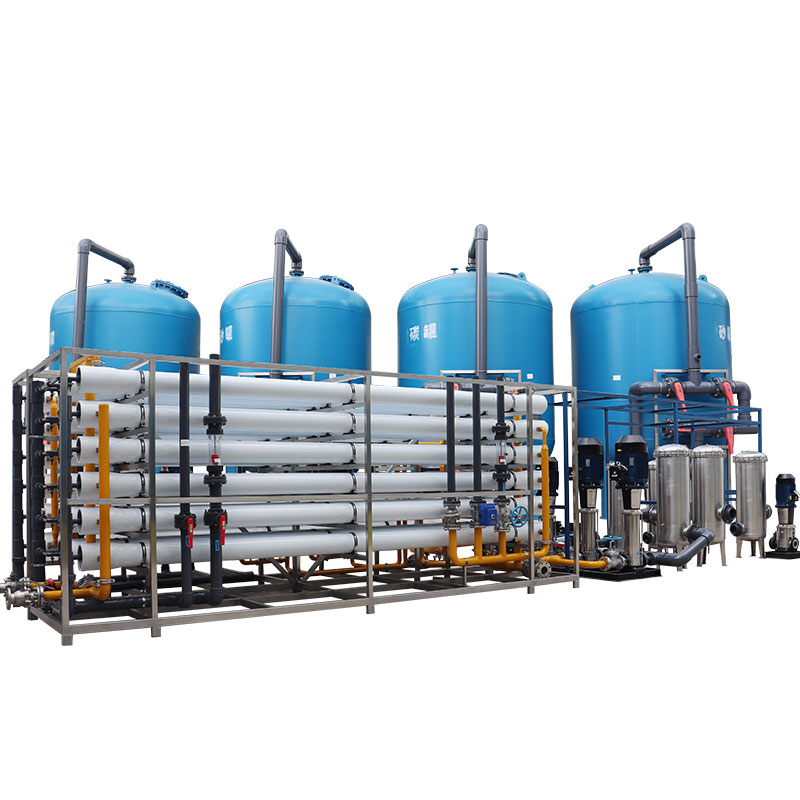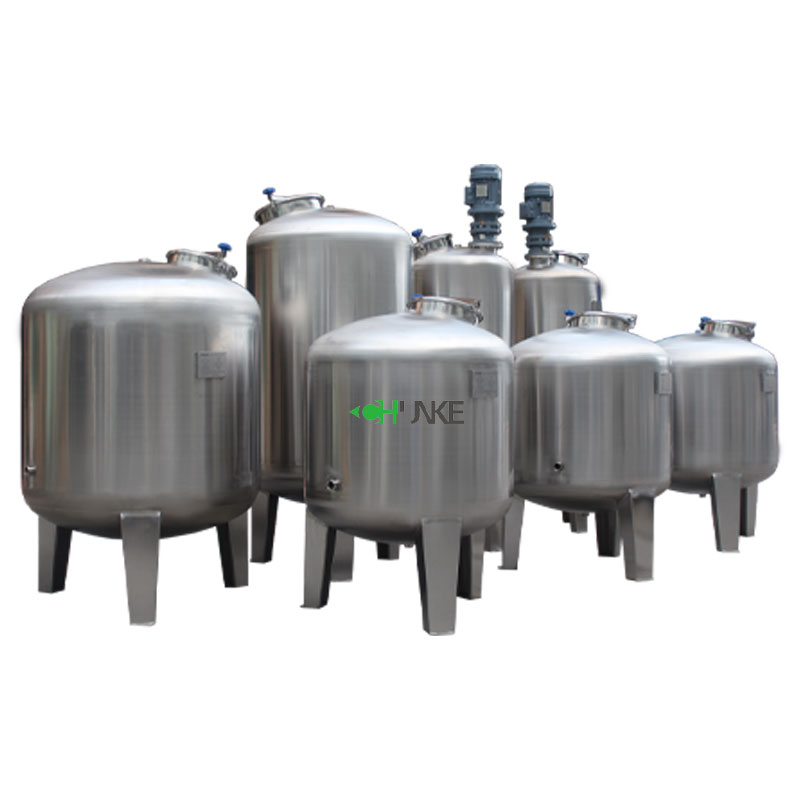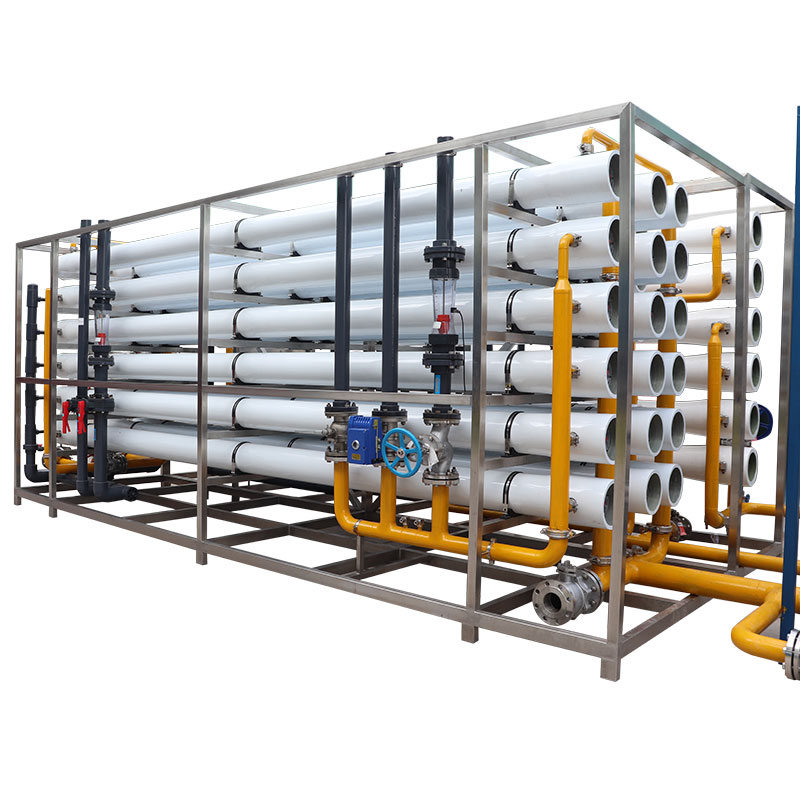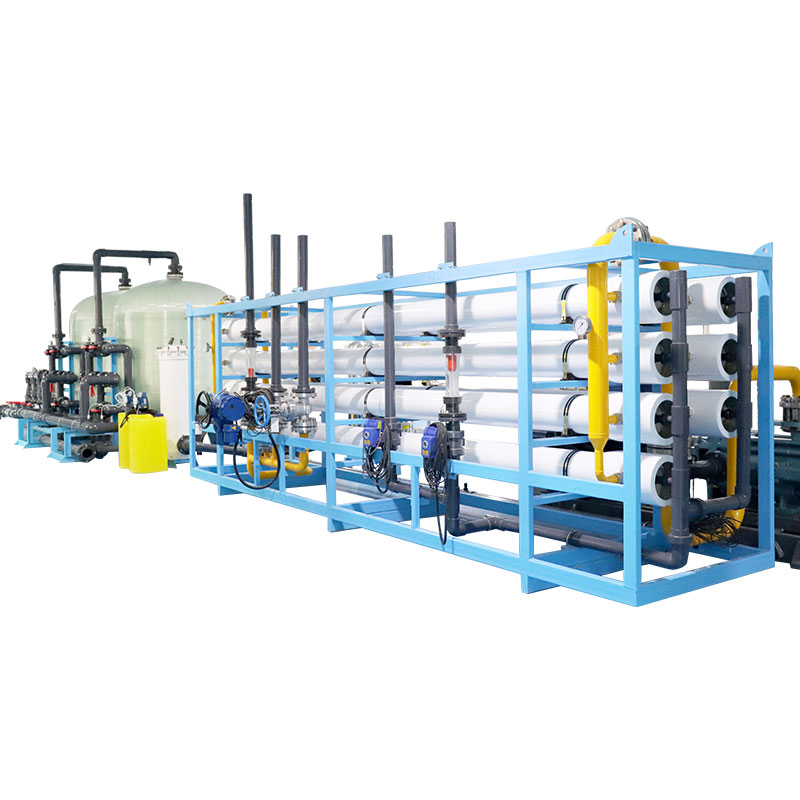What equipment is used in water filling stations?
In today's society, as people's requirements for health and quality of life continue to increase, water filling stations have gradually become the use of plastic bottles in cities and communities to support environmental protection. However, many people do not know much about the internal structure of water filling stations and the equipment used.
This article will explore in detail the key equipment used in water filling stations and their functions to help readers better understand the operating principles and technical support behind water filling stations.

What is the basic composition of water filling stations?
The core purpose of water filling stations is to provide safe and clean drinking water to the public. To achieve this goal, water filling stations are usually composed of a variety of equipment and technical systems, which not only ensure that the water quality meets health standards, but also need to ensure the stable operation and maintenance of the equipment. The following are the basic components of water filling stations:
Water source treatment system
The water source of the water filling station can come from municipal water supply, groundwater or other water sources. Regardless of the type of water source, a water treatment system is essential. This system ensures that the water source can meet the standards of drinking water after treatment. The water treatment system usually includes the following equipment:
● Pre-filter: used to initially remove large particle impurities in the water, such as silt, rust, etc. This process not only protects subsequent equipment from damage, but also extends the service life of the equipment.
● Activated carbon filter: The activated carbon filter can effectively remove odor, chlorine and organic matter in the water, improving the taste and safety of the water.
● Reverse osmosis system: This is the core equipment of the water treatment system, which can remove harmful substances such as bacteria, viruses, heavy metals, etc. in the water to ensure that the final output water meets the drinking standard.
● UV sterilizer: Before the water flows out, the UV sterilizer will perform the last sterilization treatment on the water to ensure that there are no harmful microorganisms in the water.
Water storage system
The treated water is usually stored in a water storage tank to ensure that the water supply station can provide a stable water supply. The material of the water storage tank is usually stainless steel or food-grade plastic to ensure that the stored water is not contaminated again. In addition, the water storage tank is also equipped with an automatic liquid level control system. When the water level is too low, the system will automatically start the water replenishment process to ensure the continuous supply of water.
Water supply system
The water supply system of the water replenishment station includes water pumps, pipes, water outlets and other equipment. The water pump is used to pressurize the water in the water tank and deliver it to the outlet. The piping system needs to have anti-corrosion and anti-leakage functions to ensure that the water quality is not polluted. The outlet is usually made of stainless steel and equipped with a design to prevent cross-contamination, such as touchless induction water outlet and automatic cleaning function.
Temperature control system
In order to meet the needs of different groups of people, water filling stations are usually equipped with temperature control systems to provide drinking water at both hot and cold water temperatures. The temperature control system includes heaters and refrigerators to ensure that suitable drinking water can be provided in different seasons and weather conditions. The heater is usually heated by electricity or solar energy, while the refrigerator is mostly cooled by compressors, which can quickly and effectively adjust the water temperature.
Intelligent control system
Modern water filling stations are usually equipped with intelligent control systems to improve the automation of the equipment and user experience. The intelligent control system includes the following aspects:
● Water quality monitoring system: Real-time monitoring of water quality parameters such as turbidity, pH value, residual chlorine content, etc. to ensure that the water quality always meets safety standards. If an abnormality is found, the system will automatically alarm and suspend water supply.
● Automatic cleaning system: Clean the pipes and water outlets regularly to prevent bacteria growth and water pollution. The automatic cleaning system can clean according to the set time interval or usage.
● Remote monitoring and management system: The operator of the water filling station can view the equipment operation status, water quality data, fault alarm and other information in real time through the remote monitoring system, and carry out maintenance and management in time.
Payment system
Some commercial water filling stations are also equipped with a payment system for collecting user fees. The payment system usually supports a variety of payment methods, such as coins, banknotes, credit cards, mobile payments, etc. Modern payment systems can also be integrated with intelligent control systems to support contactless payment and user membership management.

What are the core equipment of the water filling station?
In order to better understand the working principle of the water filling station, we can further explore the functions and roles of several key equipment.
Reverse osmosis system
The reverse osmosis system (RO system) is the core technology in water treatment equipment and is widely used in water filling stations. The reverse osmosis system filters the dissolved salts, heavy metals, bacteria, viruses and other harmful substances in the water through a semi-permeable membrane to ensure that the final output water is pure water. The pore size of the RO membrane is very small, only 0.0001 microns, which can intercept almost all impurities.
Ultraviolet sterilizer
The ultraviolet sterilizer plays the role of "gatekeeper" in the water treatment process. It achieves the sterilization effect by emitting high-intensity ultraviolet rays to irradiate the water flow, destroying the DNA structure of bacteria and viruses in the water. The advantage of the ultraviolet sterilizer is that it does not add chemicals to the water, which can effectively sterilize and keep the water pure.
Water storage tank
The water storage tank is an indispensable equipment in the water filling station, mainly used to store treated clean water. The water storage tank is usually made of stainless steel, and the inner wall is specially treated to prevent the water quality from being polluted again. In addition, the water storage tank is also equipped with automatic water filling and exhaust devices to ensure water quality safety and stable supply.
Intelligent control panel
The intelligent control panel is the human-computer interaction interface of the water filling station. Users can select water temperature, payment method and other operations through the panel. At the same time, the operator can set system parameters and view equipment status through the control panel. The control panel of some high-end water filling stations also supports touch screen operation and voice prompts, which greatly improves the user experience.

Selection and configuration of water replenishment station equipment
The selection and configuration of water replenishment station equipment usually need to be comprehensively considered according to the specific usage scenario, the expected number of users, the local water quality and other factors.
If the water replenishment station is set up in a large community, park or scenic spot, and the number of users is expected to be large, then the capacity of the water storage tank, the flow of the water supply system, the power of the heating and cooling system and other equipment specifications need to be increased accordingly to ensure stable water supply during peak hours. On the contrary, in places with less traffic, equipment with slightly smaller specifications can be selected to save costs.
In addition, the water quality varies greatly in different regions. For example, if the water source in some places contains high dissolved solids (TDS), an efficient reverse osmosis system needs to be configured; if the water source has a high bacterial content, the power and number of ultraviolet sterilizers should also be increased. The operator should conduct detailed water quality testing before the construction of the water replenishment station in order to reasonably select the type and configuration of the water treatment system.
Finally, the construction and operation costs of the water replenishment station directly affect its selection and configuration. In the case of limited budget, more cost-effective equipment can be selected, or the system design can be simplified. For example, by selecting high-quality domestic equipment and reducing unnecessary functions, we can control costs while ensuring the quality of core equipment.





